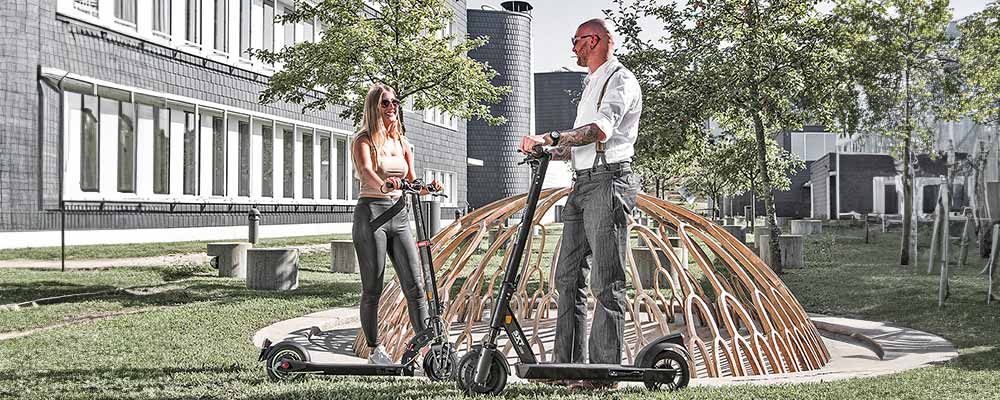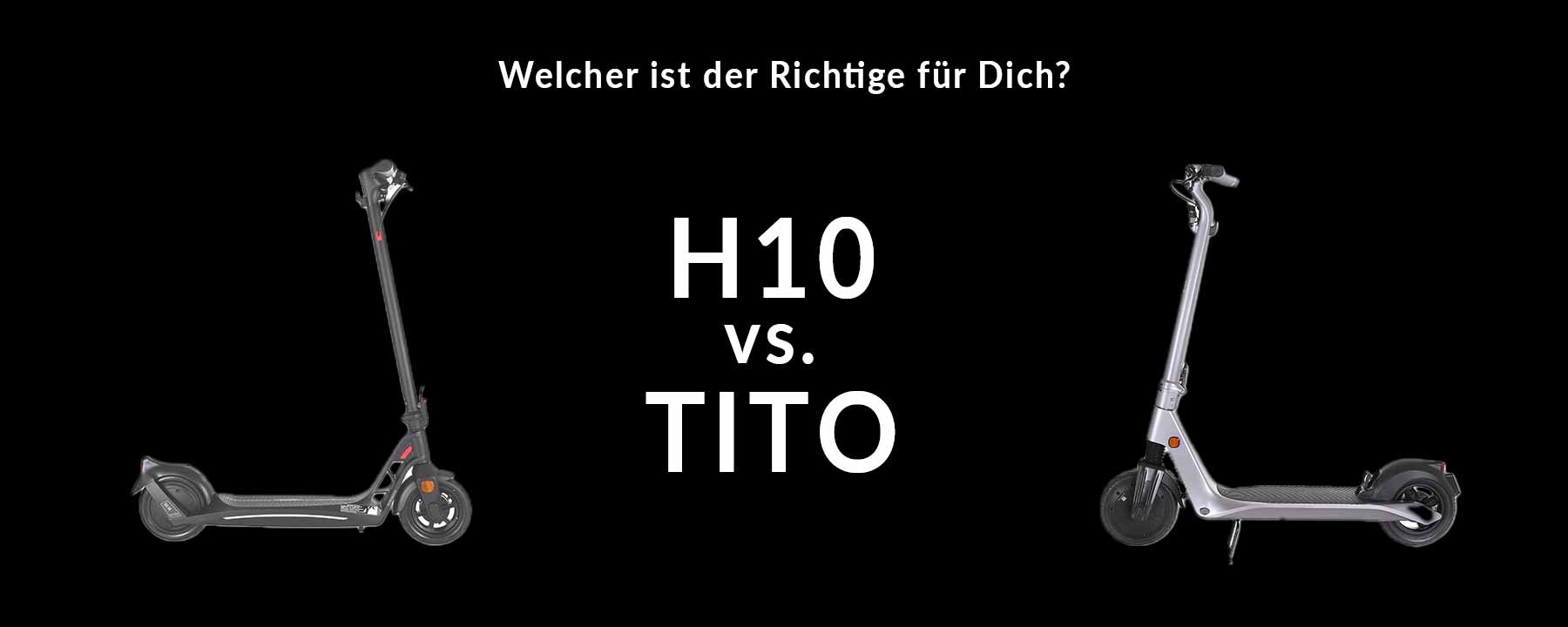Introduction
E-scooters have become a popular mode of transport in urban areas in recent years. Not only do they offer a flexible and cost-effective way to get around, but they also help reduce environmental impact. In this blog post, we look at the environmental friendliness and sustainability of e-scooters and explore how they help promote greener mobility.
Environmental friendliness of e-scooters
Reduction of CO2 emissions
E-scooters are electrically powered and do not emit any harmful emissions during use. Compared to petrol-powered vehicles, e-scooters contribute significantly to reducing CO2 emissions. Studies show that e-scooters can cause up to 50% less CO2 emissions than conventional cars.
Reducing air pollution
Electric mobility with e-scooters helps improve air quality in urban areas. This is especially important in large cities where air pollution from traffic is a major challenge. E-scooters do not emit nitrogen oxides or fine dust particles, which are responsible for many health problems.
Energy efficiency
E-scooters are extremely energy efficient. Compared to other electric modes of transport such as electric cars, e-scooters consume significantly less energy. This is because they are lighter and use smaller batteries. Analysis shows that e-scooters consume about 1.1 kWh per 100 km, while electric cars require about 15 kWh per 100 km.
Sustainability of e-scooters
Materials and production
Most e-scooters are made of aluminum and steel, which are recyclable. Manufacturers are increasingly working to use more sustainable materials and production processes to reduce the environmental footprint. Some companies are experimenting with recycled materials and eco-friendly batteries.
Battery recycling
An important aspect of e-scooter sustainability is battery recycling. Lithium-ion batteries used in e-scooters contain valuable materials such as lithium, cobalt and nickel that can be recycled. Recycling programs and technologies are evolving to ensure that these resources are reused and not wasted.
Lifespan and reuse
The lifespan of e-scooters is a key factor in their sustainability. Many sharing providers have improved their fleet models to ensure a longer lifespan. There are also programs to reuse and repair e-scooters to maximize their useful life and minimize waste.
Promoting sustainable mobility
Integration into public transport systems
E-scooters can be seamlessly integrated into existing public transport systems to cover the so-called “last mile”. This reduces the need for private vehicles and encourages the use of public transport, which in turn leads to less traffic and lower emissions.
Infrastructure development
The development of infrastructure such as dedicated e-scooter lanes and safe parking spaces encourages the use of e-scooters and helps reduce urban traffic. Cities such as Berlin and Paris have already started implementing such infrastructure to promote sustainable transport.
Conclusion
E-scooters offer an environmentally friendly and sustainable alternative to traditional means of transport. They help reduce CO2 emissions and air pollution, are energy efficient and can be made from recyclable materials. By integrating them into public transport systems and developing suitable infrastructure, e-scooters can make a significant contribution to promoting greener and more sustainable mobility.







Leave a comment
This site is protected by hCaptcha and the hCaptcha Privacy Policy and Terms of Service apply.